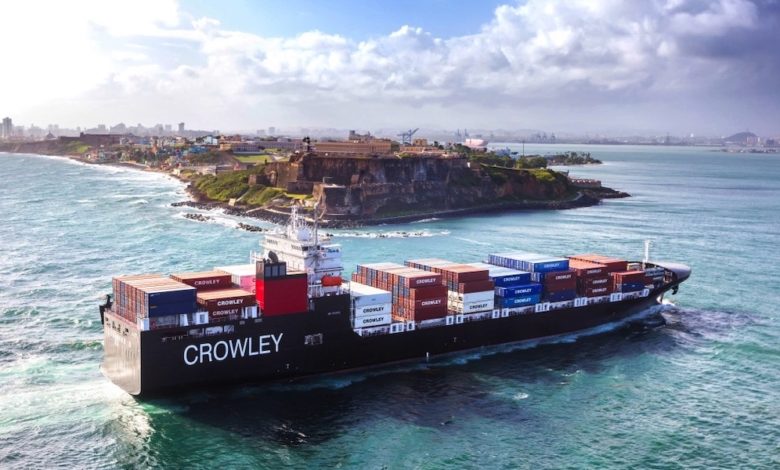More than 40% of the energy used by the US shipping fleet could be replaced with zero-emissions solutions this decade: UMAS report

UMAS, a commercial advisory service affiliated with the UCL Energy Institute at University College London, has issued a report commissioned by The Ocean Conservancy that shows the scale of US shipping fleet emissions and opportunities to decarbonise the sector. In 2018, carbon emissions from all US-flagged vessels amounted to around 26m tonnes, approximately 2.4% of global shipping emissions. Domestic shipping voyages accounted for about 70% of carbon emissions from the US-flagged shipping fleet, which presents a unique opportunity for US actions to effectively decarbonise the American maritime sector.
The report, titled The Maritime Fleet of the USA—the current status and potential for the future, says that more than 40% of the energy used by the US fleet could be replaced with zero-emissions solutions this decade.
It estimates that 17% of the current US fleet’s energy demands could be substituted with electrification. This would include, for example, ships relying on battery electrification for short voyages or ships running off onshore electric power sources when in harbour.
A further 24% of the fleet’s energy demands, coming from longer voyages than battery power alone can support, could be met with zero-emissions fuels, such as green hydrogen. These technologies are already available and adopting them would require minimal infrastructure updates. They could happen within the existing renewal schedule and would not require scrapping and rebuilding ships ahead of schedule.
Existing regulations under the Jones Act provide the US with an opportunity to drive decarbonisation of domestic shipping and the adoption of zero-emission fuels and electrification. By already relying on US production, the domestic fleet can introduce new zero-carbon vessels as older vessels are decommissioned or retrofitted on already existing schedules.
By transitioning the domestic fleet away from fossil fuels, the US could become a global leader in shipping decarbonisation, says the report, and kickstart the international transition to zero-emissions shipping.

Green hydrogen…..available and requiring little infrastructure modification. Oh yeah?
The production of the new fuels requires capex in production, transmission, storage and dispensing. How is all of the cost of this recouped and what are the implications for ship performance in all weather/sea state conditions?